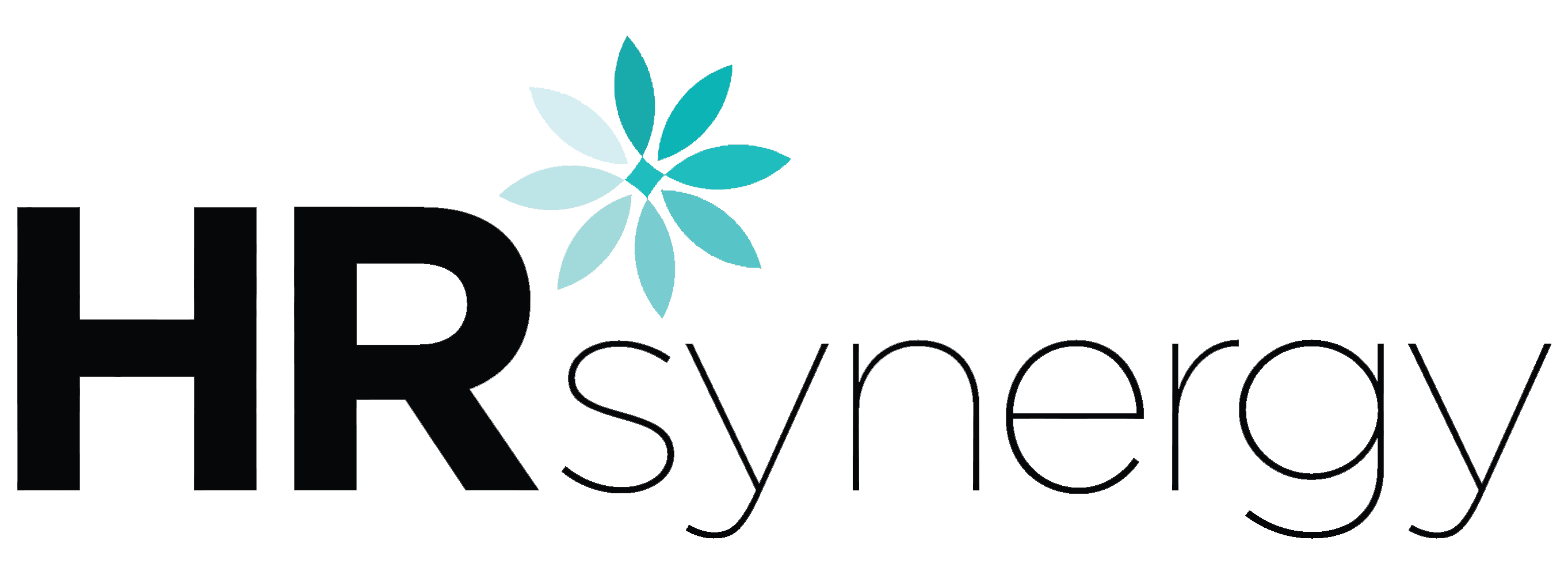Workplace wellness is in the forefront of your employees’ minds. You can RETAIN and ATTRACT employees with holistic wellness programs. Especially now during the pandemic, 90% of millennials want training on their mental, physical, and financial health, aka integrative health benefits. Employee stressors impact your bottom line. Whereas, connecting employees and your business’s mission through initiatives empowers your employees, raises engagement, improves productivity, and can lead to retention. Integrative health benefits are a key to attract new employees and are a major factor in retention for 56% of employees. Healthier employees over six years also correlate with up to 75% greater stock appreciation. Bringing integrative health benefits to your employees gives you a return-on-investment (ROI) by reducing days lost per year to illness. According to the World Health Organization (WHO), every $1 invested in employee mental healthcare, gives a $4 return in productivity (via reduction in healthcare premiums and absenteeism), over a 400% ROI.
Keys to develop successful integrative care:
-
-
-
- Hybrid offerings
- Eligibility/voluntary EAP (employee assistance program)
- Streamline access
- Inform
-
-
It is important your business’s integrative care is accessible, streamline, and transparent. Including digital and physical integrative care through a hybrid model during this time of increased work-from-home employees is important. It is crucial to include full-time and part-time employees as well in the programs. You can provide services to part-time employees, employee’s family members, and employees under different health plans through a voluntary employee assistance program (EAP). Over half of Americans have misconceptions about what benefits and programs are offered, specifically mental health care. You want your employees to be able to easily access and use the programs offered through a single platform. Incentive programs and wellness challenges are a wonderful way to educate employees on offerings and about the platform itself. Have the employees use the platform itself to track their wellness challenge points. To increase visibility, have employees include a link to the wellness platform in their internal email signatures. Incentivize participation by offering health-related prizes, like money added to their health spending account.
Employee Wellness Challenge Ideas:
-
- Stair Challenges: bell at top for encouragement
- Walking Challenges: step number or distance
- Habit-Building Challenges: water consumption, sleep hours, mindfulness
- New Hire Exploration Challenge: organizational culture, important locations
- Nutrition Challenges: healthy free group lunches, “accountability partners”, live/virtual nutrition webinars/seminars
- Financial Wellness Challenges: education
- Sustainability Challenges: personal health and environmental health
- Charity Challenges: monetary, item, volunteer time donations
- Vacation Exploration Challenge: encourage use of PTO
- Social Challenge: community-building virtually/live
In order to build your wellness workplace, you need to plan, allocate, and execute. An effective plan requires employee buy-in. Once you have earned that, determine how everyone will track their initiative activity and determine what workplace improvements fit with your organization. Through a survey and initial biometric readings, chart the most pervasive health risks and access employees’ ideas for office enhancements. Next, decide leaders for your initiatives and for your workplace enrichments. Implement the wellness challenges and workplace improvements. Lastly, create and utilize a tool to assess employees’ health and wellness advancements due to your wellness program.


